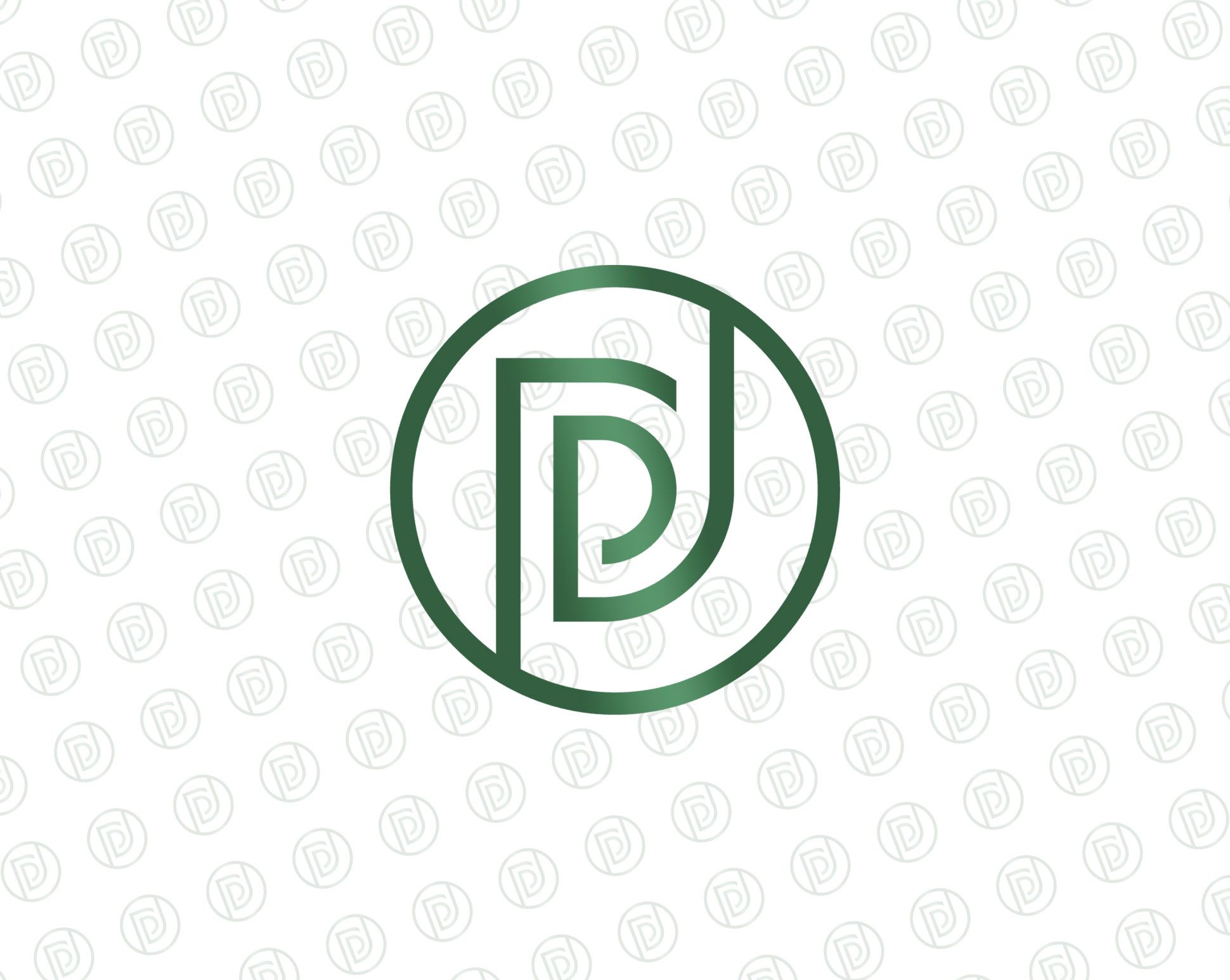Personal Injury: Onus on the Employer. What is Vicarious Liability?
What is Vicarious Liability?
A rule of law that imposes automatic liability on employers for the wrongdoings and misconduct of their employees. It is imposed under common law, statute, and case law. An employer does not have to authorise those acts carried out by their employee and they can still be held accountable. The claim is not between the third party and employee but rather the third party and employer.
There are 3 elements:
Individual who committed the tort must be an employee of the employer;
Tort must be committed by the employee;
Tort was committed during the course of employment.
An employee is defined as a person who has a contract of service and is employed to do work subject to the control and directions of the employer. The employer outlines what is to be done and how it is to be done.
An act will fall within the course of the employment if:
The act is expressly or impliedly authorised;
Employee was doing something authorised by employer in an unauthorised manner;
Necessarily incidental to something which the employee is employed to do.
Sufficient Connection Test
An employer will be vicariously liable for negligence committed by an employee when there is a sufficient connection between the course of activity within the employment and the wrongdoing. The sufficient connection test has two stages.
An existing relationship between the Employer (Defendant) and Wrong doer (Employee);
Is there such a connection to make it reasonable that the Employer should be held legally responsible for the Plaintiff’s injuries and any associated consequences.
The second strand of this test is also known as the close connection test.
Cases in which Employer found liability for employee misconduct:
Mohamud v WM Morrison Supermarkets plc [2016] UKSC 11, 2 March 2016
In this case the Plaintiff stopped at Morrisons Petrol Station. An employee at the kiosk served at the petrol pumps and ensured they were kept in sufficient order. The customer asked the employee could he print documents and the employee swore at him and used foul and racist language.
The customer returned to his car and the employee followed him and open the passenger door and told the customer to never come back. The employee proceeded to punch the customer in the head when he asked him to get out of the car. The employee ignored the instructions of this supervisor who tried to stop him from attacking.
The Plaintiff brought a personal injury claim for the assault against Morrisons and on appeal the Supreme Court rules that Morrisons were vicariously liable for the assault and injury.
What does this mean?
The above case shows how the courts have adopted a broad approach in determining what constitutes a close connection. This landmark case arguably expanded the scope of when an Employer will be held liable for the actions of his employee.
A simplification of the test was found to be more desirable, and two matters should be considered:
What functions were entrusted by the employer onto the employee;
Sufficient connection between the wrongful actions and the position in which he was.
Safeguards for an Employer
There are some defences to Vicarious liability to protect employers, albeit not many. These safeguards and defences include being able to show that the wrongful act was so far outside the course of employment that it would be unreasonable for the employer to be held liable.
An employee acting outside the scope of his employment means he may have acted deliberately or in a way that was prohibited by his employer.
What cases is Vicarious Liability applicable to?
Grocery Store- Owner/Entity & salesclerk
Store owner & assistant
Hospital and Surgeon
Delivery company & truck driver
Company & construction worker
Restaurant and waiter

